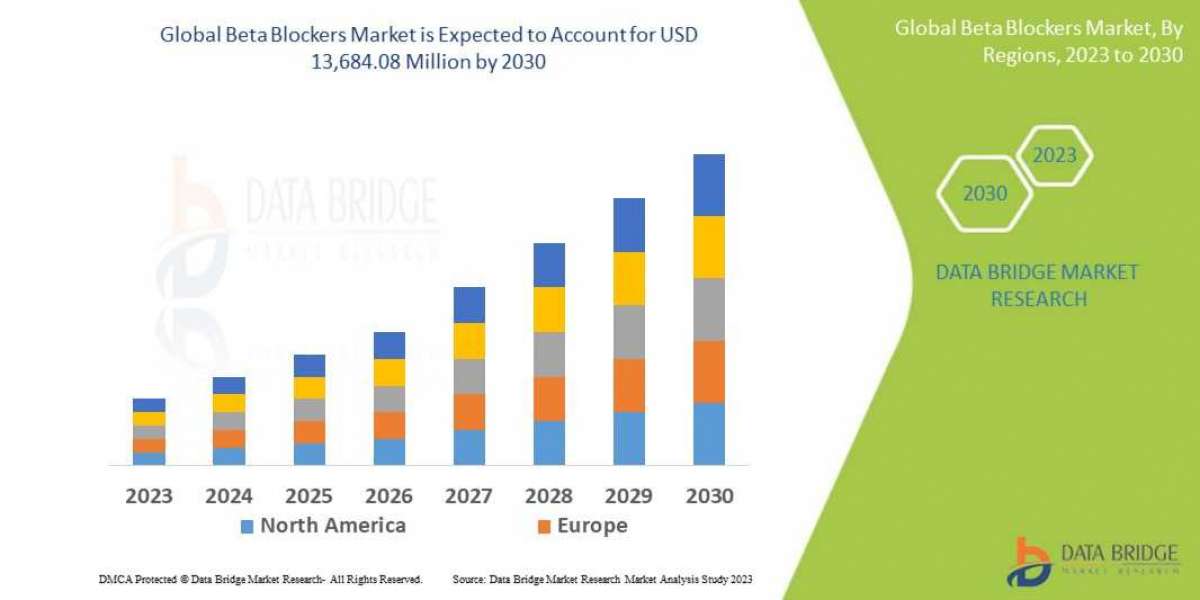There's a quiet revolution taking place behind the screens of your favorite apps and platforms. It's not flashy. It doesn't wear a name tag. But it's transforming the way digital products speak to you, learn from you, and keep you coming back. We're talking about AI-driven hyper-personalization in custom software—arguably the most important shift in user-centric design since the birth of intuitive UI.
It's not just about aesthetics anymore. Today, digital success hinges on whether your software can understand your users almost as well as they understand themselves. In this expose-style deep dive, we're peeling back the layers of AI-powered personalization—how it works, what's driving its momentum, and why it's the future of custom software development.
Let's talk about what really matters now: making software human.
The Era of One-Size-Fits-All Software is Over
For years, businesses approached software development with a utilitarian mindset. Build the tool, roll it out, train your team or users, and hope for the best. The result? Clunky platforms, bloated dashboards, and user fatigue.
Enter AI. Not just any AI—but the kind that studies behavior, learns patterns, and delivers a version of software that adapts and evolves with each user interaction.
Hyper-personalized software isn’t just an upgrade; it’s a philosophical shift. It places the user—not the product—at the heart of the digital experience. This new era understands that no two users want the same journey. The question now isn’t "How do we make our software functional?" but "How do we make it feel intuitive, relevant, and indispensable?"
How AI Understands What Your Users Really Want
Behind the scenes of modern applications lies a robust ecosystem of machine learning algorithms. These aren’t just crunching numbers; they’re decoding intent.
Imagine a custom CRM system that not only tracks leads but also predicts which client is most likely to convert—based on historical behavior, sentiment analysis from emails, and even calendar activity. That’s not future talk. That’s now.
AI gathers user data—preferences, click paths, activity frequency, even time-of-day patterns—and applies predictive modeling to anticipate needs. This enables software to:
Deliver personalized content
Recommend next steps
Adjust layout or navigation
Modify UI complexity based on user skill level
We’re not just reacting to users anymore. We’re proactively creating their ideal software environment before they even realize what they need.
Contextual Intelligence: The Secret Sauce of Personalization
Here’s where it gets interesting. It’s not just about what users do—it’s about where, when, and why they do it.
Contextual AI takes into account:
Device usage (mobile vs desktop)
Location data
Behavioral anomalies
Environmental cues (like weather or events)
For example, a project management platform might highlight different features for a user working late hours versus during peak business times. Or an e-learning portal may adjust pace and difficulty depending on how focused a user appears (yes, AI can even detect attention levels using biometric inputs).
This isn’t personalization on a surface level—it’s deep, fluid, and almost eerily intelligent. The more data it collects, the better it gets.
And unlike static rule-based systems, AI thrives on ambiguity. It doesn’t just follow instructions—it learns from nuance.
Why User-Centric Design Isn’t Just a Buzzword Anymore
You’ve heard the term thrown around at tech conferences and in product pitches. But here’s the thing: user-centric design used to mean clean interfaces and intuitive UX. Now, it’s a whole different animal.
Hyper-personalized software powered by AI doesn’t just center the user—it adapts to them in real time.
That’s the kind of design that doesn’t just reduce churn—it fosters loyalty.
Consider the impact:
Higher engagement: Personalized content boosts interaction time by up to 80% according to industry reports.
Better conversion: Tailored experiences lead to better funnel performance.
Customer retention: Users are far more likely to stick around if the software consistently meets their evolving needs.
In a world overflowing with apps and SaaS tools, relevance isn’t a feature. It’s a survival tactic.
Real-World Examples: Hyper-Personalization in Action
Let’s leave the theory for a moment. Here’s what hyper-personalized software looks like in real life:
Healthcare Portals: Patients logging in to a custom healthcare dashboard see tailored advice based on their medical history, current medications, and even upcoming appointments. AI flags anomalies in reported symptoms and nudges users toward specific resources or professionals.
E-Commerce Platforms: AI doesn’t just suggest similar products—it analyzes past behavior, seasonality, and even global trends to push hyper-relevant options. It may even modify the tone of product descriptions based on customer segmentation.
Learning Management Systems (LMS): Corporate training platforms adjust course difficulty, pace, and even the delivery format (text, video, quiz) based on how a user interacts with early modules.
The technology’s already out there. The question is whether your software is using it.
The Role of Natural Language Processing (NLP) in Personalization
You can’t talk about AI personalization without touching on NLP. Why? Because so much of our user engagement—chatbots, search queries, support tickets—is text-based.
Modern AI systems use NLP to understand not just what the user typed, but what they meant.
Let’s say a user types “I’m frustrated with this process.” A basic bot might respond with an apology. A smart system, powered by sentiment-aware NLP, can escalate the user to a live agent, flag the issue for engineering, and suggest relevant documentation—all in seconds.
This not only improves the user experience but creates a feedback loop that makes the product better for everyone.
Adaptive Interfaces: The UI That Learns From You
We tend to think of user interfaces as fixed. That’s old-school.
AI allows for dynamic UI—interfaces that change based on user skill, behavior, and preferences. Think dashboards that simplify over time for casual users, or expand features for power users.
It’s the software equivalent of having a personalized workspace that rearranges itself based on your daily habits.
Now imagine rolling this out across hundreds of users in an enterprise setting. Each person sees a version of the product that suits them best, without any extra configuration. That’s not just smart—it’s efficient.
Privacy, Ethics, and the Personalization Paradox
Of course, we’d be remiss not to talk about the elephant in the room: data privacy.
Hyper-personalization requires data. But not just any data—it needs behavioral, contextual, and often sensitive user inputs.
So where do we draw the line?
The best custom software solutions now include:
Consent-based personalization settings
Data minimization techniques
Clear privacy policies written in plain language
On-device processing where feasible
Transparency is not just a legal obligation. It's a trust currency. And in the age of AI, businesses that respect user privacy without compromising on personalization will lead the pack.
Why Hyper-Personalization Is No Longer Optional
Let's not sugarcoat it—users expect more now.
If your software isn't adapting, anticipating, or responding in meaningful ways, it's going to be forgotten.
In an increasingly saturated digital landscape, AI-powered personalization isn't a differentiator anymore. It's table stakes.
Users don't just want software that works . They want software that understands .
They want features that feel like they were made just for them. They want tools that evolve as they evolve. And when you deliver that, something interesting happens: loyalty becomes effortless.
Building AI-Driven Personalization Into Your Custom Software Strategy
So how do you bake this into your own digital strategy?
Start with the right questions:
What behaviors matter most in your product?
Where can user data improve the experience?
How will you balance personalization with privacy?
What infrastructure is needed to support adaptive UI and real-time decision-making?
From there, the roadmap looks something like this:
Data Frameworks : Define what you collect and why. Set up responsible data handling pipelines.
AI Model Development : Choose or build machine learning models based on behavior prediction, recommendation systems, or sentiment analysis.
User Interface Engineering : Build modular UIs that can change on the fly.
Feedback Loop Creation : Use interaction data to improve the personalization model continuously.
Custom software development isn't just about code anymore. It's about choreography—understanding how every moving part can come together to deliver a cohesive, personal, and intelligent user journey.
Conclusion: Designing for the Individual Is Designing for the Future
In the end, AI-driven hyper-personalization is about acknowledging a simple truth: users aren't just data points—they're people. People with habits, quirks, routines, and expectations.
When software understands this, magic happens.
Businesses that recognize this shift and invest in truly user-centric design will not only create better products—they'll shape the digital experiences of tomorrow.
If you're planning to future-proof your custom software with AI, working with a software development company based in California and experienced in cutting-edge personalization can be the catalyst your product needs.
Because the future isn't generic—it's personal. And it starts with software that knows your user better than anyone else.








